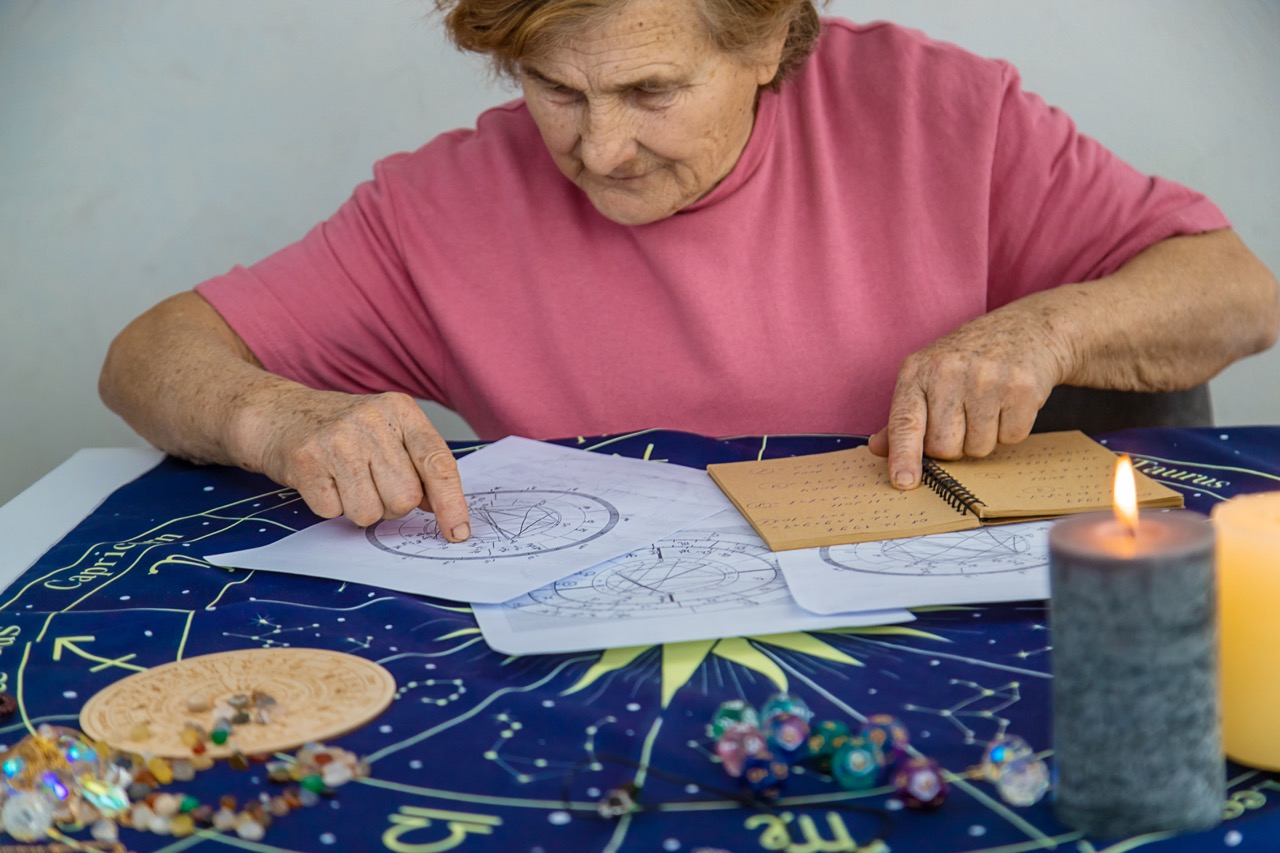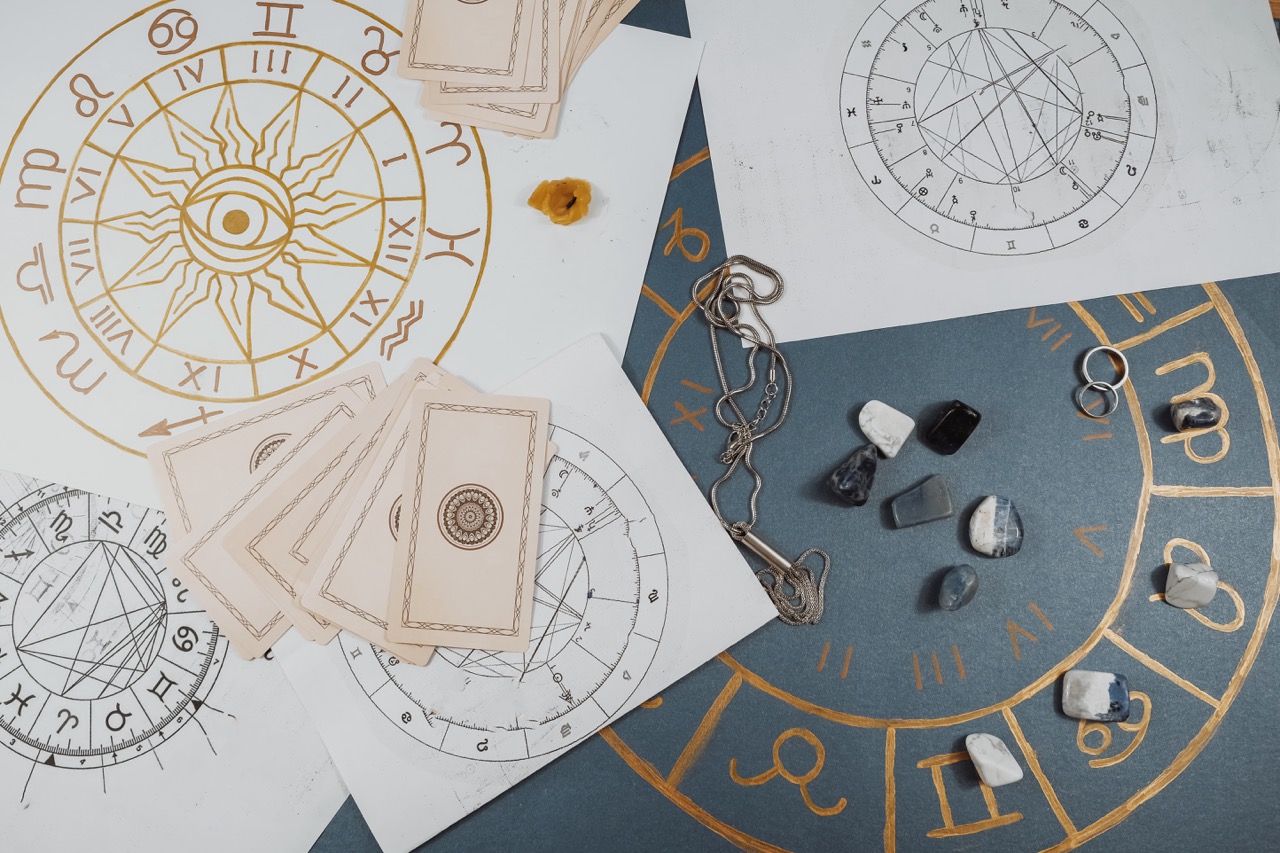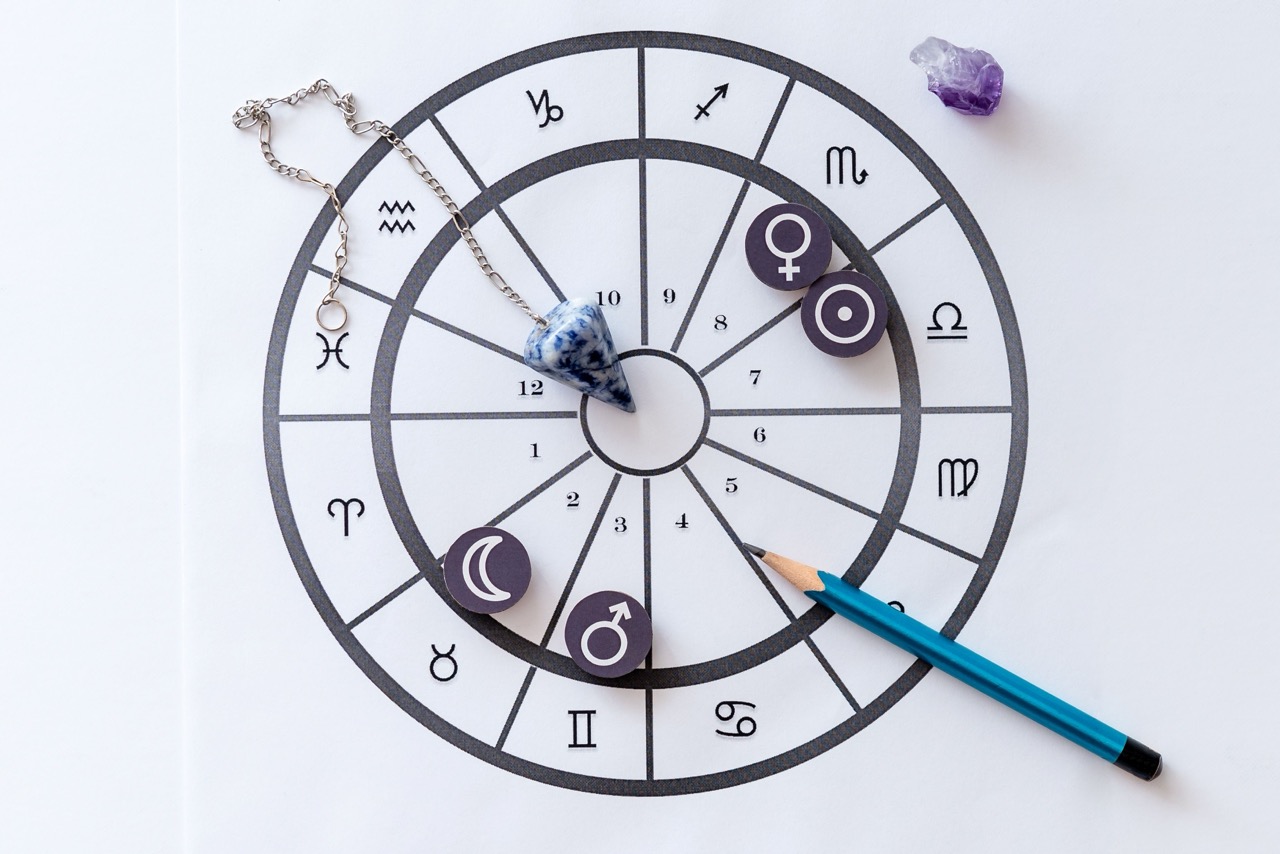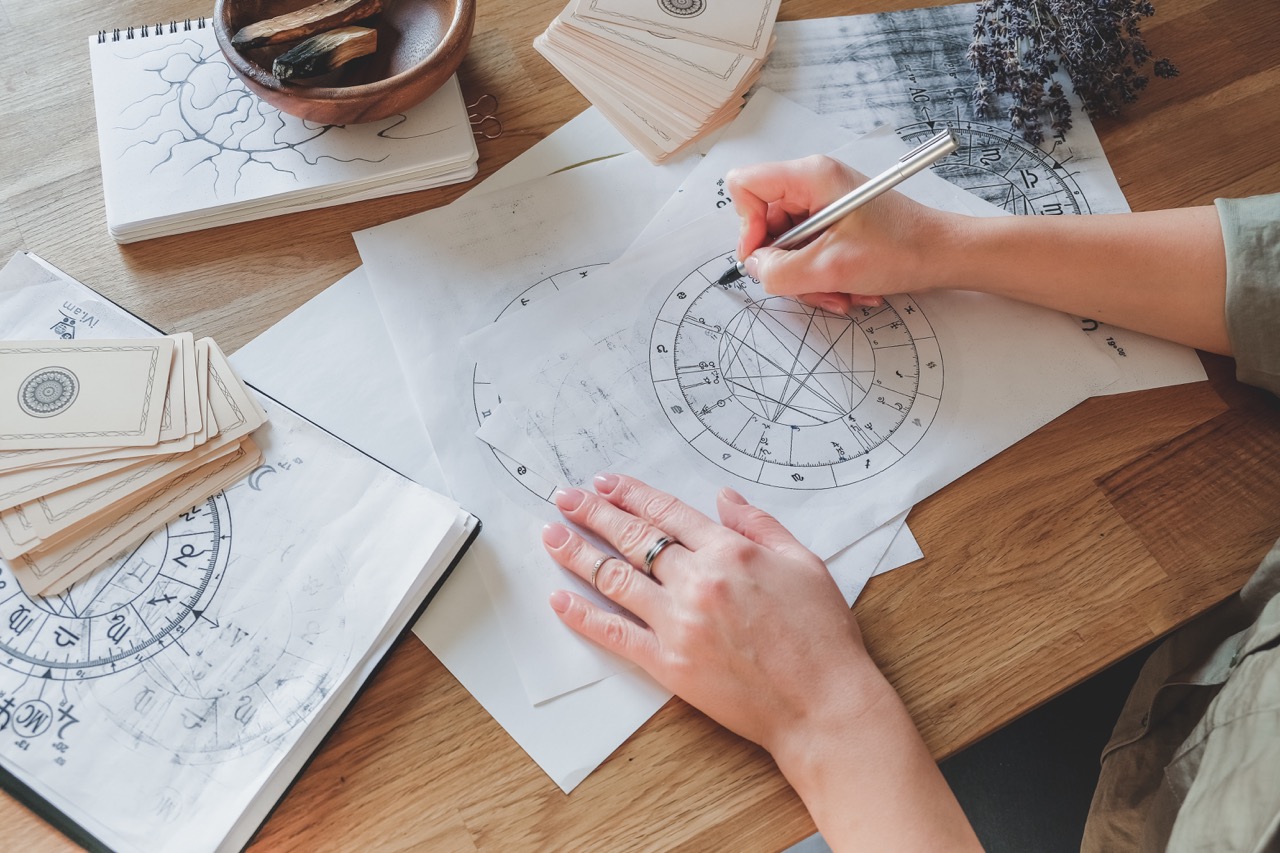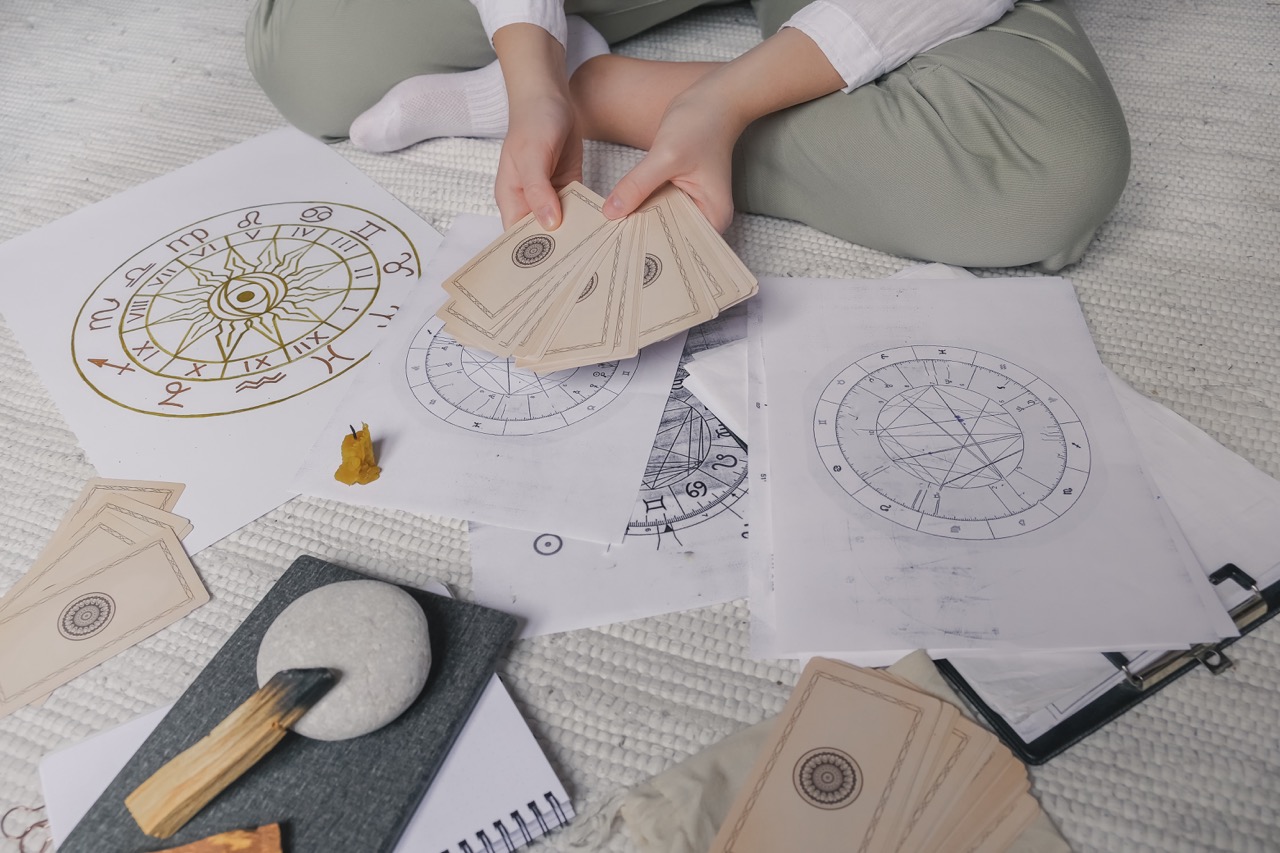Astrology, the ancient practice of interpreting celestial movements and their influence on human affairs, has woven itself into the tapestry of human history for millennia. From the earliest stargazers who marveled at the night sky to modern astrologers who craft horoscopes, the journey of astrology is one filled with wonder and complexity. This article explores the evolution of astrology, tracing its roots from the ancient civilizations that first looked to the stars, through significant historical developments, and into contemporary practices that continue to captivate minds and hearts.
From the Stars Above: Astrology’s Ancient Beginnings
Long before telescopes and advanced astronomical knowledge, early civilizations turned their eyes to the heavens, searching for patterns and meaning among the stars. The origins of astrology can be traced back to prehistoric times, where simple observations of celestial phenomena laid the groundwork for a belief system that sought to connect human life with cosmic events. These ancient peoples, relying on the cycles of the moon and the movement of the sun, developed rudimentary calendars that helped them navigate agricultural seasons, social rituals, and religious observances.
As civilizations flourished, particularly in Mesopotamia, the desire to understand the stars deepened. The movement of celestial bodies became intertwined with the fate of nations, as kings and rulers sought divine guidance through astronomical interpretations. This early stage of astrology was less about individual destinies and more focused on collective experiences and the broader cycles of life, suggesting that the stars held secrets that could foretell natural disasters and harvests.
Astrology during these formative years was a communal endeavor, with astronomers and priests often serving as the custodians of celestial knowledge. The stars were seen not merely as distant objects but as active participants in human affairs, shaping destinies and guiding decisions. This reverence for the cosmos would set the stage for the more sophisticated astrological systems that would emerge in later civilizations.
Celestial Secrets: The Babylonians and Their Star Charts
With the dawn of the Babylonian Empire around the 18th century BCE, astrology began to take on a more structured form. The Babylonians were pioneering astronomers who meticulously recorded celestial events, developing one of the earliest astrological systems that combined observations of planets and stars into elaborate star charts. They introduced the zodiac, a belt of the heavens divided into twelve equal parts, which became instrumental in understanding and interpreting the influences of celestial bodies on earthly matters.
The Babylonians believed that the movements of the planets were intimately linked to the fortunes of individuals and nations alike, leading to the establishment of astrological practices that sought to predict the future based on these movements. They created an intricate system of omens, interpreting celestial events as messages from the gods. These early astrologers not only sought to chart the skies but also to provide counsel to kings, thereby intertwining astrology with the political fabric of the empire.
Their contributions laid the foundation for later astrological traditions, influencing both Greek and Roman systems. The Babylonians’ legacy is evident in the way astrology evolved into a complex discipline that incorporated mathematics, mythology, and spirituality. This rich tapestry of celestial wisdom would carry forward into the annals of history, underscoring the enduring relationship between humanity and the cosmos.
Greece and Rome: Astrology’s Rise in the Classical World
As astrology spread to the Mediterranean, it found fertile ground in Greek culture, where philosophical inquiry and scientific exploration flourished. The Greeks adopted Babylonian techniques and blended them with their own philosophical ideas, leading to a new intellectual approach to astrology. Figures like Ptolemy emerged in the 2nd century CE, whose seminal work, the "Tetrabiblos," synthesized previous astrological knowledge and established a framework that would dominate astrological thought for centuries to come.
Greek astrology emphasized the importance of individual horoscopes, steering away from the collective focus of earlier traditions. This shift allowed for a more personalized interpretation of celestial influences, as astrologers began to calculate the positions of planets at the moment of an individual’s birth. The influence of zodiac signs and planetary aspects on personality traits and life events became a central tenet of astrology, intertwining fate with the positions of celestial bodies.
The Romans, in turn, embraced astrology as it spread through their empire, integrating it into everyday life. From emperors consulting astrologers for guidance to common citizens seeking insights through horoscopes, astrology gained immense popularity. However, it also faced scrutiny from skeptics who questioned its validity, leading to a complex relationship between astrology, philosophy, and emerging scientific thought. The classical world had set the stage for astrology, firmly embedding it in the cultural consciousness and paving the way for future developments.
The Middle Ages: Astrology’s Dance with Religion and Science
The rise of Christianity marked a tumultuous period for astrology during the Middle Ages. While the church viewed astrology with suspicion, often labeling it as superstition, the discipline found refuge in Islamic scholarship. Islamic astronomers and astrologers preserved and expanded upon ancient astrological texts, integrating them with newfound mathematical insights. This period saw the rise of astrological practices further enriched by the works of scholars such as Al-Kindi and Al-Farabi, who merged astrology with philosophy and medicine.
Astrology’s duality during the Middle Ages was evident as it continued to flourish in courts, where monarchs sought omens from astrologers to ensure political stability. At the same time, academic institutions began to scrutinize and challenge astrological practices, leading to a gradual separation between astrology and astronomy. The dynamic interplay between faith and reason during this time created a fertile ground for the re-examination of astrology, as scholars sought to reconcile ancient beliefs with emerging scientific paradigms.
Despite the challenges, astrology persisted, adapting to the changing intellectual landscape by framing itself within the context of Christian theology. The belief in a divine order reflected in the heavens allowed astrology to maintain relevance, as adherents argued that understanding celestial influences could lead to a greater understanding of God’s creation. This period laid the groundwork for the eventual resurgence of astrology, as the interplay between faith, reason, and the cosmos would set the stage for its transformation in the Renaissance.
The Renaissance Revival: A New Age for Celestial Wisdom
The Renaissance, a period characterized by a revival of classical learning and cultural flourishing, brought astrology back into the limelight. Scholars and artists alike became fascinated by the sciences, and astrology was reimagined as a legitimate pursuit intertwined with philosophy, art, and even medicine. Figures such as Johannes Kepler and Nostradamus emerged, blending astrological insights with innovative scientific thought, challenging the old dogmas of the Middle Ages while maintaining a deep reverence for the celestial.
During this era, astrology saw a resurgence in popularity among the elite, who sought guidance from astrologers for various aspects of their lives, from personal decisions to matters of state. The invention of the printing press facilitated the dissemination of astrological texts, allowing knowledge to spread more widely than ever before. The accessibility of astrological works spurred a renewed interest in personal horoscopes and the interpretation of celestial charts, leading to a blossoming of astrological practices across Europe.
The Renaissance marked a critical turning point, as astrology began to be viewed not only as a mystical art but also as a viable tool for understanding the natural world. The integration of astrology into the scientific revolution laid the groundwork for a more systematic approach to celestial influences, setting the stage for future debates on the relationship between astrology and science in the modern era. Through the lens of Renaissance thinkers, astrology emerged as a bridge between the ancients and the burgeoning modern world.
Modern Astrology: Bridging Ancient Knowledge and Today
As the Enlightenment advanced, astrology faced increased skepticism, often being relegated to the realm of superstition. However, it found new life in the 19th and 20th centuries, as a surge of interest in spirituality and the occult sparked a revival. Modern astrologers began to reinterpret ancient teachings through the lens of contemporary psychology, integrating the insights of figures such as Carl Jung, who viewed astrology as a tool for self-exploration and personal growth. This evolution transformed astrology from a predictive science into a means of understanding oneself and one’s relationship with the universe.
In today’s world, astrology has woven itself deeply into popular culture, with daily horoscopes, astrological apps, and social media platforms dedicated to celestial insights. The modern approach emphasizes individual agency, encouraging people to engage with their birth charts as a means of self-reflection and empowerment. Astrology has also found its place in discussions around mental health and well-being, as many seek to understand their emotional landscapes through the lens of planetary movements.
Despite ongoing debates about its legitimacy, astrology endures as a source of fascination and comfort for millions. It serves as a reminder of humanity’s age-old desire to connect with the cosmos, offering a framework for understanding the intricate tapestry of life. The evolution of astrology reflects a journey from ancient practices to modern interpretations, bridging the wisdom of the past with the complexities of contemporary existence.
The history of astrology is a testament to humanity’s relentless curiosity about the cosmos and our place within it. From the ancient civilizations that first looked to the stars, through the philosophical explorations of the Greeks and Romans, to the transformative periods of the Middle Ages and Renaissance, astrology has continually evolved while retaining its core connection to celestial phenomena. Today, as we navigate a fast-paced and often chaotic world, the allure of astrology remains strong, inviting us to ponder the mysteries of existence and the profound interconnectedness of all things. Whether viewed as a science, an art, or a spiritual practice, astrology continues to inspire and guide countless individuals in their quest for meaning and understanding amid the vastness of the universe.
